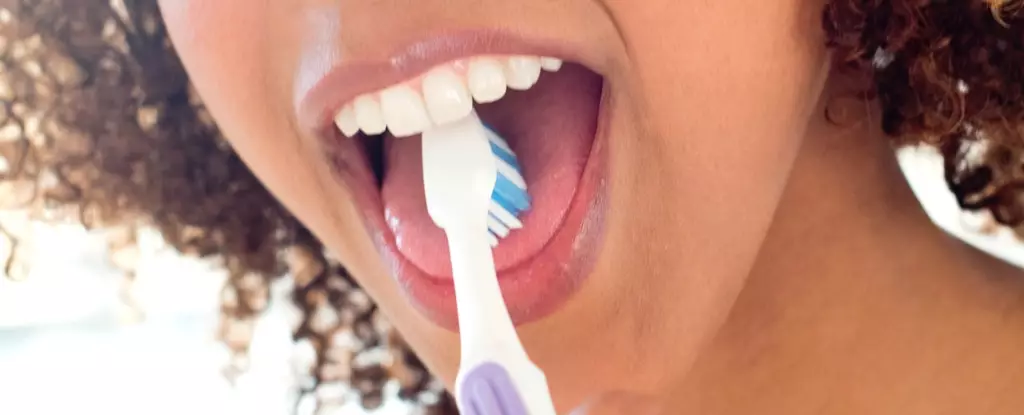When you visit a healthcare professional, you might wonder why they frequently ask you to protrude your tongue and utter “aaah.” This quirky request is about much more than mere theatrics; it serves as a valuable diagnostic tool. Your tongue can reveal a wealth of information related to not only oral health but also your overall physical condition. By observing various aspects of your tongue—including its color, texture, and movement—doctors can gain insight into underlying health issues, immune responses, and even potential systemic disorders.
The significance of routine tongue care, however, is often overlooked. Regular inspection and cleaning can be invaluable not just for aesthetic reasons but also for improving breath and ensuring oral hygiene. The tongue is a muscular organ that plays an integral role in vital functions such as tasting, speaking, and digestion. Comprised of eight muscle pairs, the tongue’s unique construction allows it to maneuver with precision. Moreover, its surface is dotted with small, bump-like structures known as papillae, which are crucial for tactile sensation but are often confused for taste buds.
To appreciate the tongue’s complexity, consider that it boasts approximately 200,000 to 300,000 papillae. However, a mere fraction are associated with taste perception; adults possess around 10,000 taste buds, which, despite their significance, cannot be seen without close inspection. The color of a healthy tongue is generally a shade of pink, though variations do exist. While a slight white coating can be normal, any substantial alterations in color or texture may warrant further examination, as these changes could signal health problems.
Incorporating tongue cleaning into your daily routine is simple and effective. A thorough cleansing can be accomplished in as little as 10 to 15 seconds. For cleaning, one can use a standard toothbrush or opt for a specialized tongue scraper—tools designed specifically for this purpose. Regular cleaning dislodges food particles and reduces the microbial load which, in turn, helps mitigate unpleasant breath.
Imagine examining your tongue during your oral hygiene routine and discovering an unexpected alteration. This is the first indication that your body might be signaling something noteworthy. The appearance of a white film is a common observation and is often due to neglected tongue hygiene resulting in bacterial overgrowth and plaque formation.
Failing to manage this buildup can have broader implications for health. A persistent white coating may also be a symptom of oral thrush, a fungal infection that affects various demographics, primarily those with compromised immune systems. Medical guidance is crucial in such cases, making it essential to consult a healthcare provider when symptoms evolve.
Moreover, lifestyle choices contribute to tongue health. Consuming dark-colored beverages—like coffee or tea—along with certain foods can foster a condition known as “black hairy tongue.” Contrary to its alarming name, this is not an actual hair growth but rather an accumulation of bacteria resulting from poor oral hygiene.
A tongue that displays pink patches encircled by white borders reflects a condition termed geographic tongue, a benign ailment that generally necessitates no medical intervention. In contrast, a tongue appearing red, inflamed, or sore could indicate various issues, including nutritional deficiencies or allergic reactions.
It’s imperative to recognize that certain medications can contribute to dry mouth, which has its own repercussions on overall oral health. Signs such as irregular patches that do not fade or persistent ulcers warrant immediate professional attention due to the heightened risk of malignancies associated with these symptoms.
The reality is that oral cancers are increasingly prevalent and notoriously difficult to diagnose at earlier stages. Regular self-assessment of the tongue can serve as a crucial preventive measure. By being vigilant about its appearance, texture, and any painful areas, individuals can significantly enhance their chances of early detection.
The tongue is more than just a means for tasting food; it’s a vital indicator of overall health. Regular inspection and care can provide insights into your body’s condition while simultaneously contributing to improved oral hygiene. By embracing the simple act of examining and cleaning your tongue, you elevate not only your oral health but also your overall well-being—something that is often taken for granted. So the next time your doctor asks you to say “aaah,” remember that what you’re doing is vital for your health and could even save your life.

